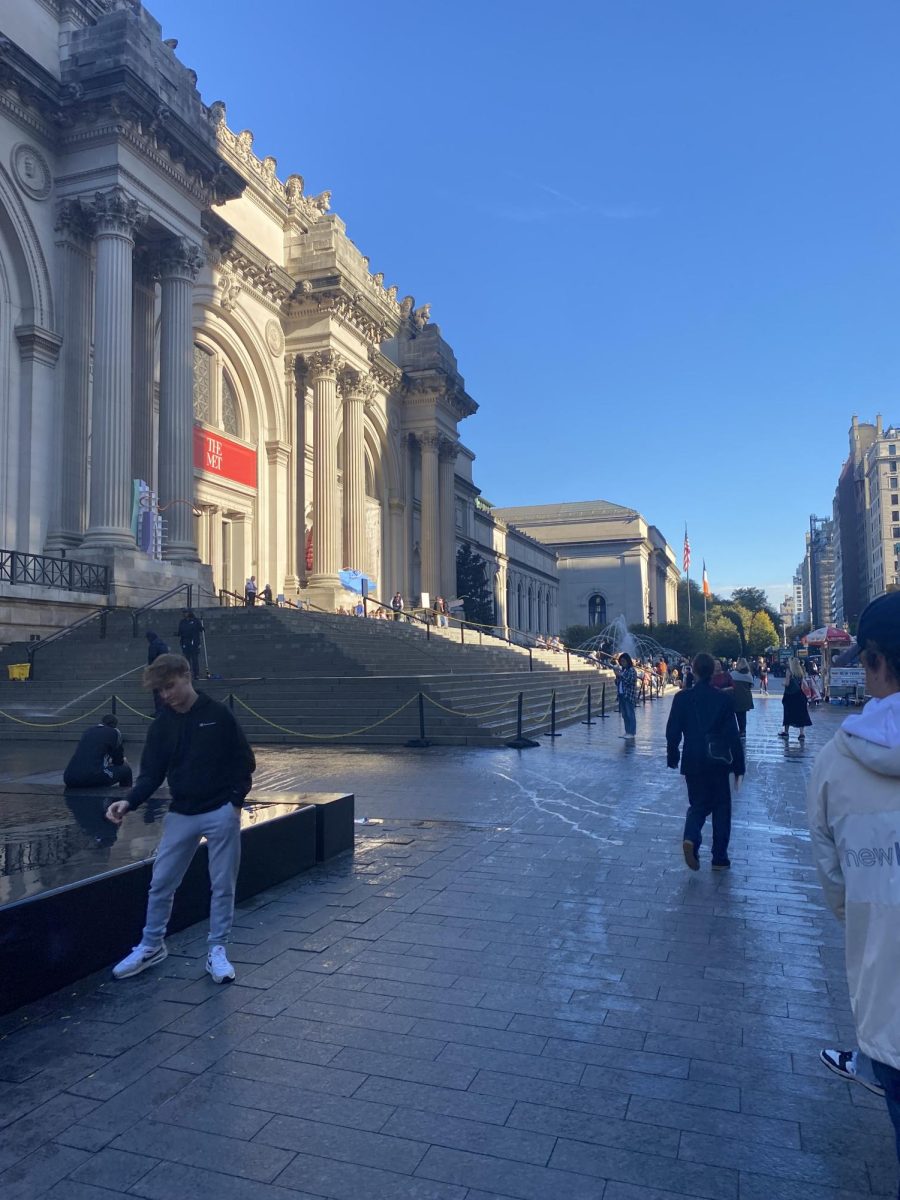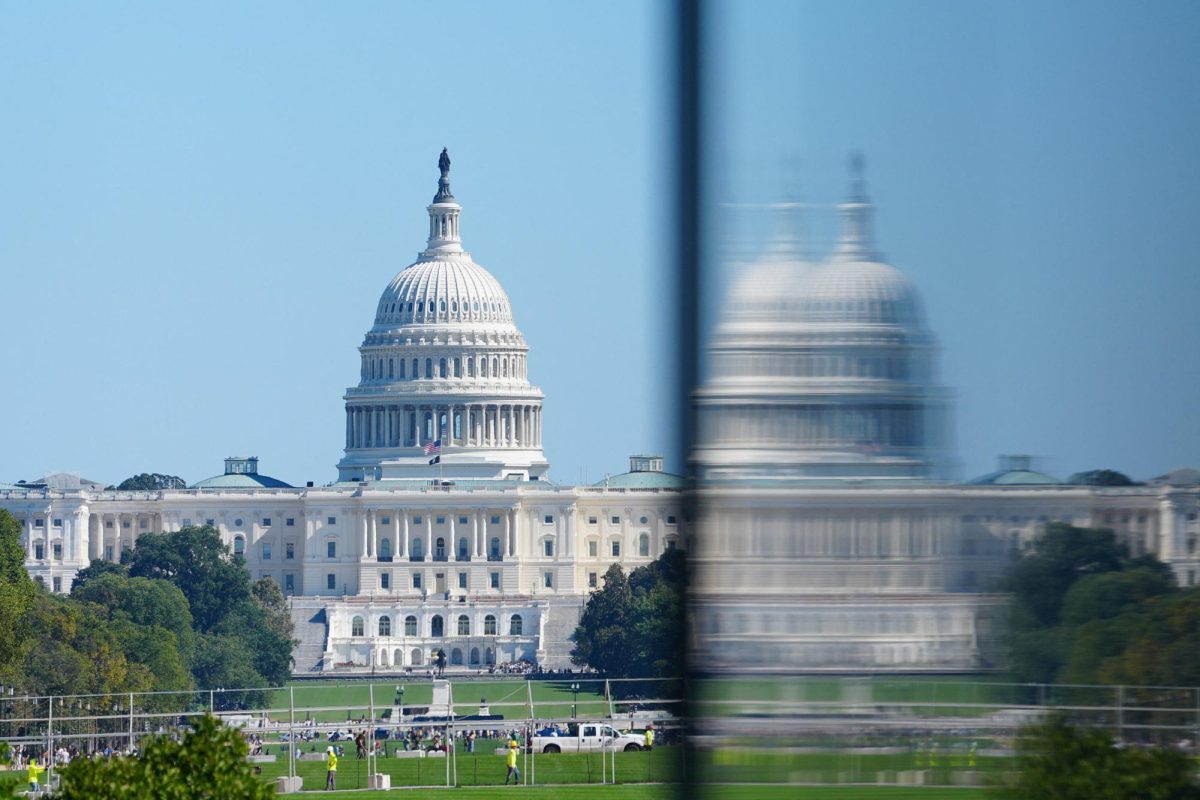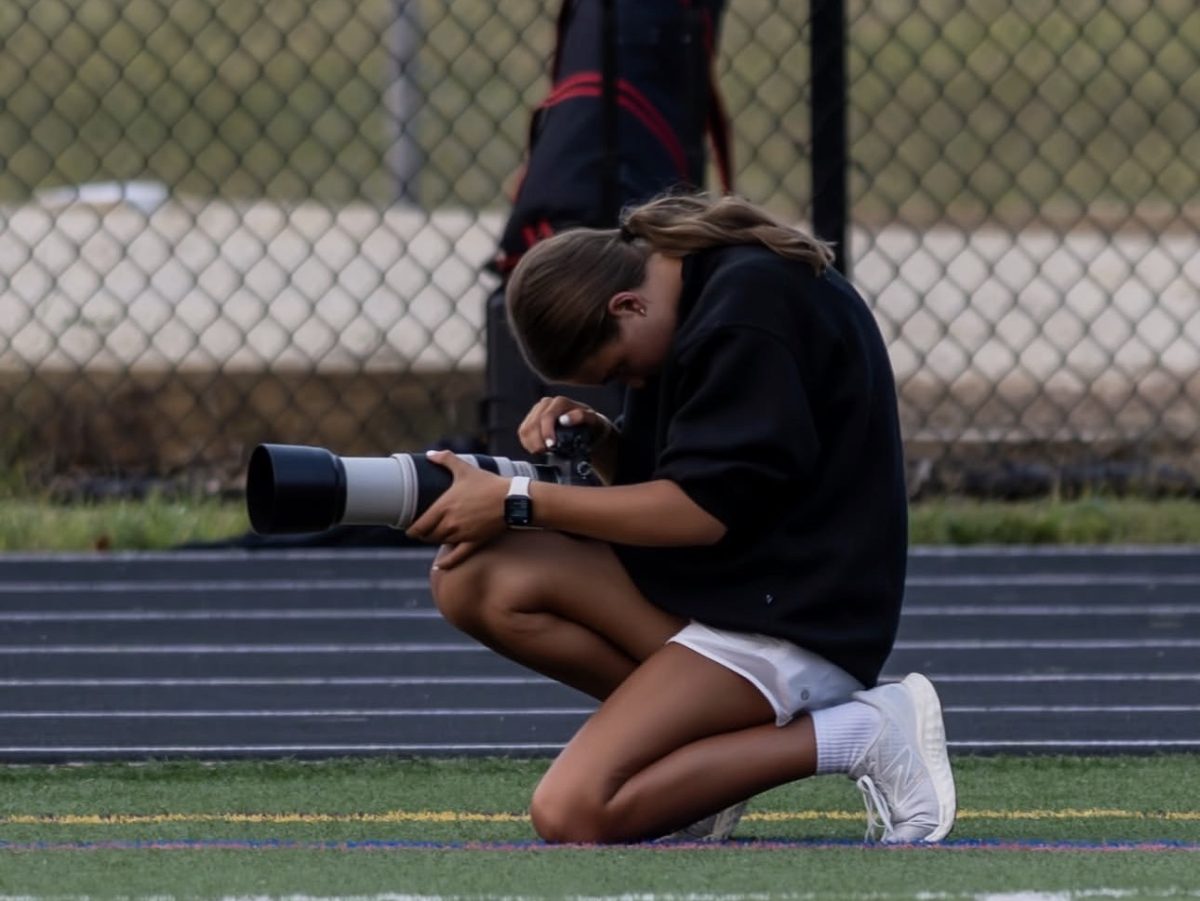Field trips used to be the only excuse to sleep dressed in your outfit for the next school day. It was the biggest event of the month and probably the only time where you would cross your fingers and hope that your parent was drawn as a chaperone. As elementary school students, field trips were days full of cherished memories, new learning experiences and peer bonding time. They introduced immersive learning to our developing minds and brought more enriching methods to academics.
Unfortunately, like most things in high school, these special days that were once annual have been excused by demanding schoolwork and rigorous classes. This decline in field trips can, in some ways, be accredited to COVID and its hindrance on most other academic activities in the past, but for the most part, many schools just simply won’t make the effort to find the time for outside learning.
West Essex has fallen victim to the regression in field trips in the past few years. For the almost entirety of my high school career, I had seen nothing but the classroom everyday. But recently, field trips here have been on the upswing, and West Essex is proof that this is for the absolute best.
This year, Italian classes are set to take their learning journey to Italy, AP Research classes visited Rutgers to strengthen their writing skills, AP Art History classes to see various museums, the students on the student advisory panel to travel to Kean University, Film Club students to go to Montclair and many more.
This valuable off-campus learning gives students real world experiences in their class of study. They open students up to new perspectives and bring in other professionals to share their unique worldly views.
“Field trips in AP Art History helps students get a first hand look at the art that they need to memorize for the AP exam,” senior Zoey Eisenberger said. “For me, it helps me appreciate the art more by seeing it in person, it also aids with memorization.”
In the past, Art History students had only seen their studied pieces through a computer, and now that West Essex is sending them to see these pieces in person, the history of the artwork comes alive for students. Suddenly what they learn becomes much more real, and they can actually remember things about art that stuck out to them in person.
According to NEA Member Benefits, an organization tailored for the wellness and functionality of educators, “regardless of gender, ethnicity or socioeconomic status, children who take school trips have better grades (59%).”
West Essex has stepped up this year, allowing students to see their academics through a real-world lens. The administration should keep these learning opportunities available to students and be sure that field trips remain a priority.




